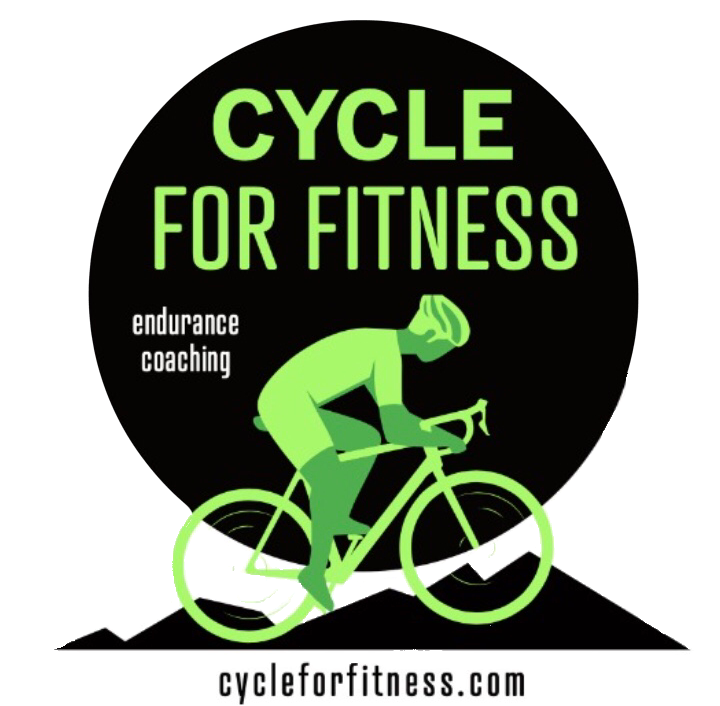When is a cycling training plan not right for you ? The Internet is full of training plans that promise to get you faster and stronger, and usually from reputable sources ? Unfortunately all is not what it seems.
The vast majority of plans ignore your individuality, catering for the average, middle of the road (no pun intended) cyclist. This might be suitable for you if you are an average middle of the road kind of person…but we are all different in terms of age, time we can give to training, and of course our individual goals.
Take for example age. Once you reach 50 and beyond there is a general decline in hormonal release, lower levels of testosterone (in men) and a slowing down of our body’s regenerative processes. At this age we are more susceptible to the loss of muscle mass, a deterioration in bone density, a slowing down in our basic metabolic rate, plus we need longer recovery periods between training sessions. That said, having to accept a slow demise into decrepitude does not have to be your fate. Improving your performance is possible, however only if your training plan takes into account these age-related performance limiters. So if you are an older rider, and want to use a training plan to help you focus on achieving your goals, a generic “everyman’s” plan isn’t going to be right for you.
If you are reading this as an older rider, the typical plans you see on Pinterest or promoted on forums or as a “give away” are frequently flawed by ignoring your age-realted performance limiters and the greater need for recovery and adaptation. Once you get into your 50s, the current consensus amongst sports scientists is that your training blocks should be a maximum of two to three weeks, followed by a one week period for recovery. Your weekly training schedule will also need to include more regular days for rest and recovery…Joe Friel of TrainingPeaks even suggests that if you can, move from a 7 day to a 9 day weekly schedule to build in more time to recovery.
To help retain muscle mass, improve flexibility and reduce the speed at which we naturely loose bone density also look for a training plan that includes muscluar strength building and conditioning sessions.
Ignoring this and treating your body as you would when you were much younger isn’t impossible, but is more likely to lead to sports-related injuries and fatigue-related illnesses.
The next consideration is the time we can give to training. There are lots of “time crunched” plans that rely of short, high intensity workouts to accelerate your fitness. You may also be told to just go and do long rides. But this type of single dimensional advice may not be right for you. There are three factors that impact how the training plan needs to be constructed. These are Frequency (how often you do a workout), Duration (how long the workout is) and Intensity (how hard the workout will be).
For the novice the most important factor is Frequency, building training into your weekly routines is the first and most important step.
The second factor is Duration. Long workouts at low intensity is essential at the early stages of your training plan to build aerobic endurance (think of it as building the fitness needed to get you to the finishing line….Whether that it is in a race or simply an event that you’d like to complete).
Finally we need to introduce high intensity (low duration) workouts into the plan as these build anaerobic capacity and boost you VO2Max, allowing you to win that sprint, follow that surge or attack that climb with more conviction.
Best practise recommends that your training plans should be divided such that you follow the frequency, duration, intensity pathway, with no more that 20% of the overall time being spent on high intensity.
Note that this is predicated on you knowing your heart rate zones, but at the early stages can be done using the less precise but useful “rate of perceived effort” (RPE for short).
If your training plan has you charging into high intensity workouts from the outset, you are likely to quickly and sharply increase your levels of fatigue, meaning that when you do actually need to do high intensity workouts (usually closer to your event or race) you are too tired to give it your all as your readiness will be down the pan.
Finally goals. Your training plan needs to be specific to what you want to achieve. An extreme example would be a plan that includes workouts to improve sprints to keep up with expected surges that occur in races, but if your goals are simply to complete sportives or do a TT race, then those tough sessions are wasted efforts. Therefore look for a plan that increasingly becomes more specific to your goal as it progresses beyond building your base fitness.
So, my advice is simple. Next time you are tempted to buy or use a training plan, ask yourself if it is right for you.
To find out more, contact Grant at grant@cycleforfitness.com
About the author: Grant is a British Cycling qualified coach and certified cycling coach with TrainingPeaks. He specialises in endurance coaching for all abilities and for the older rider who wishes to cycle for fitness rather than for competition. Grant is currently working with The Prince’s Trust helping their cohort of riders prepare for the 2019 Ride Across Britain 970 mile charity event. You can also join Grant for a week’s cycling in Southern Spain this spring or autumn, ride the hills, enjoy the weather, taste the tapas and learn more about how a training plan can be developed for you.
